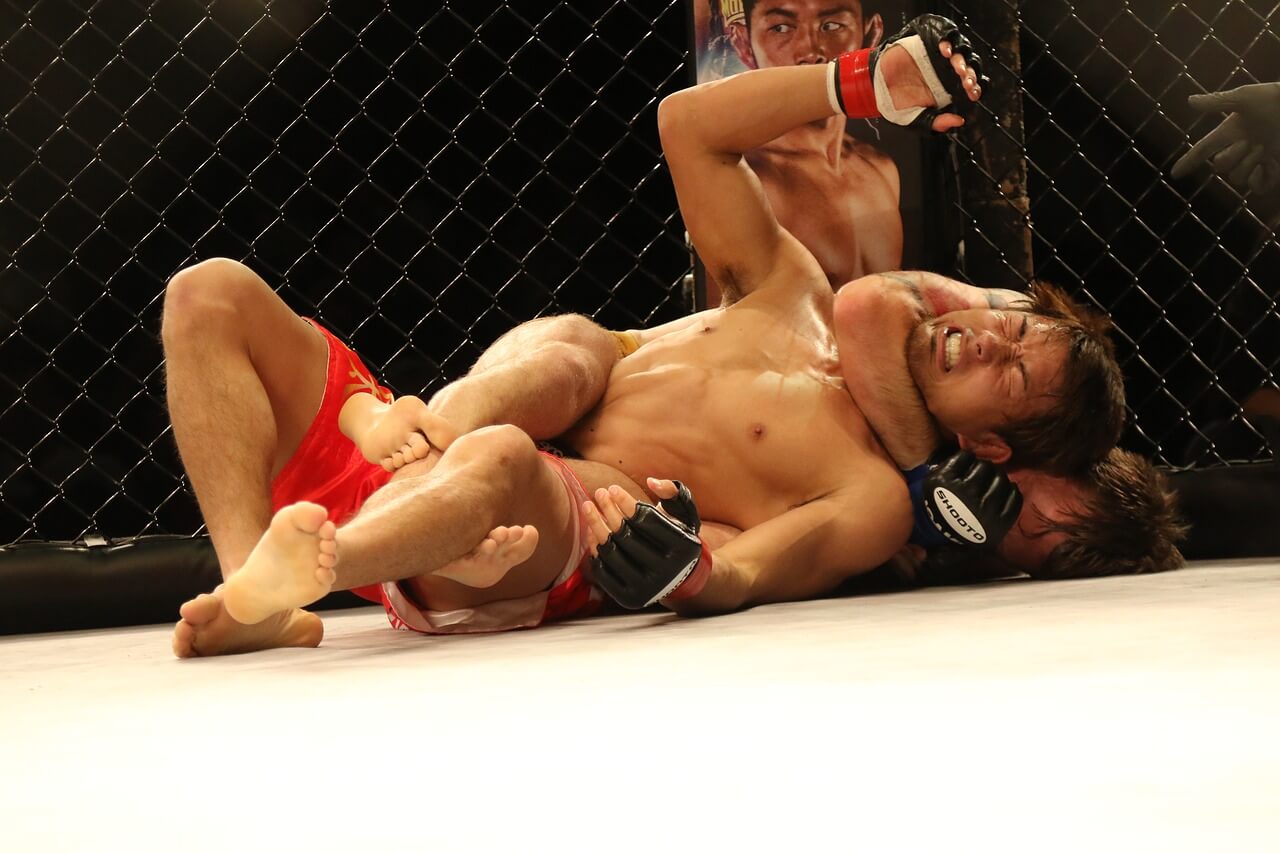
by The Real Dirt | Sep 15, 2021 | Blog, Cannabis Law, Cannabis Law and Compliance, Cannabis News, Culture, Legalization, Medical Marijuana, Politics
The World Anti-Doping Agency will review its ban on cannabis, in what the agency says is a response to “requests from a number of stakeholders” in international athletics. But it’s not clear when, or if, a change to the controversial policy might take effect: cannabis will remain forbidden for the 2022 athletic season.
The news comes after WADA’s ban on cannabis prevented U.S. sprinter Sha’Carri Richardson from competing in the Tokyo Olympics, despite her victory in the 100-meter race at the U.S. Olympic trials.
WADA’s executive committee has approved a plan to organize “a scientific review of the status of cannabis” that will start next year, the group said. But it reiterated that cannabis remains on its list of prohibited substances — a new version of which is due to come out by Oct. 1.
Richardson was hit with a 30-day suspension this summer after she tested positive for THC, the active ingredient in marijuana. The decision triggered an outpouring of support for Richardson, at a time when dozens of U.S. states have legalized marijuana to some degree.
The ban also prompted widespread confusion over why marijuana might be considered a performance-enhancing drug.
“I didn’t think the evidence base for marijuana would be particularly strong,” Dr. Michael Joyner of the Mayo Clinic told NPR in July. “But as I looked at the papers yesterday, I was surprised at how weak it is.”
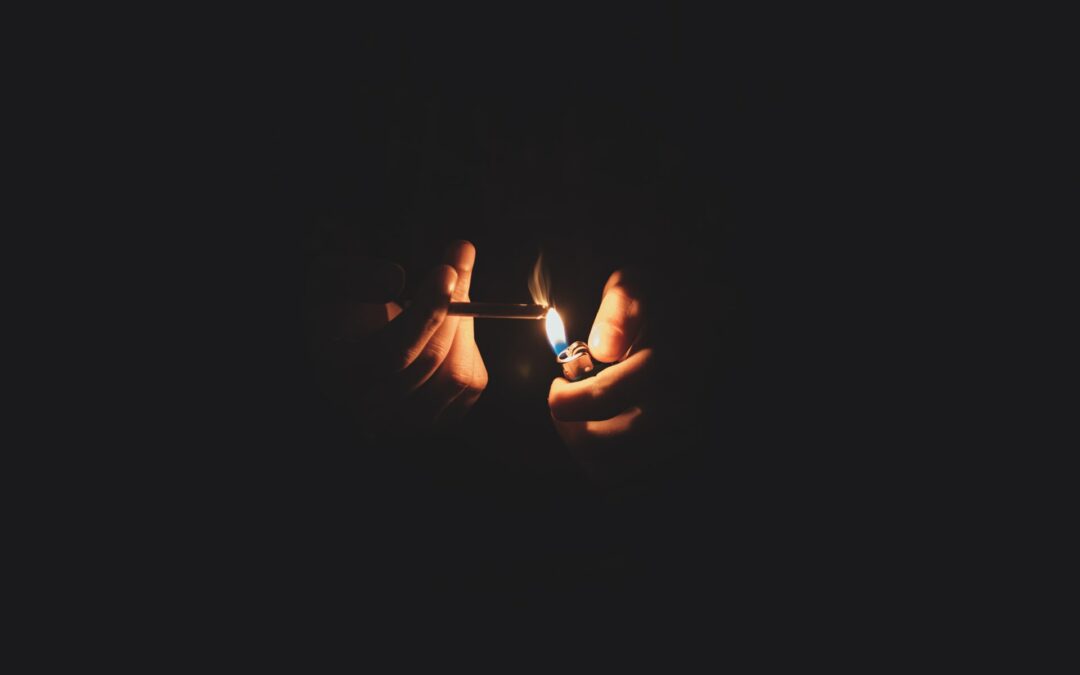
by The Real Dirt | Aug 18, 2021 | 420 News, Blog, Cannabis News, Culture, Legalization
WASHINGTON, D.C. — The percentage of U.S. adults who say they have tried marijuana has ticked up to 49%, the highest Gallup has measured to date. More than 50 years ago, just 4% said they had tried the drug, but that percentage surpassed 20% in 1977, 30% in 1985 and 40% in 2015.
A much smaller proportion of U.S. adults, 12%, say they “smoke marijuana.” The percentage of current marijuana smokers has been steady in recent years, varying between 11% and 13% after increasing from the 7% Gallup initially measured in 2013.
The results are based on Gallup’s annual Consumption Habits poll, conducted July 6-21.
Generational patterns explain the increase in marijuana experimentation over the last five decades. The oldest Americans living today, those born before 1945 whom Gallup calls “traditionalists,” are much less likely than those in other birth cohorts to have tried marijuana, with just 19% saying they have done so. That compares with about half of millennials (51%), Generation Xers (49%) and baby boomers (50%).
These generational figures are based on combined data from the 2015-2021 Consumption Habits surveys. Gallup does not yet have sufficient data to provide reliable estimates for Generation Z, the oldest of whom are 24 years old now.
Comparing the most recent generational figures with data from the 1980s and 1990s finds little change in the rate of marijuana experimentation among baby boomers and Gen X. Combined data from the 1985 and 1999 Gallup polls shows that 44% of members of Gen X and 50% of baby boomers had tried marijuana as of then.
During those years, a lower proportion of traditionalists than today had tried marijuana (10%). The increase in that group today compared with the 1980s and 1990s probably reflects the dying off of many of the oldest members of that generation, who were much less likely than younger traditionalists to have tried marijuana.
![[Denver Post] Oklahoma is the new “Wild West of weed” — and Colorado marijuana entrepreneurs are helping fuel the green rush](https://therealdirt.com/wp-content/uploads/2021/08/TDP-L-Oklahoma-cannabis-RJS-31799.jpeg)
by The Real Dirt | Aug 16, 2021 | 420 Culture & Travel, Blog, Business, Cannabis Business, Cannabis Law, Cannabis Law and Compliance, Culture, Denver Post, Growing, Industry News, Legalization, Medical Marijuana
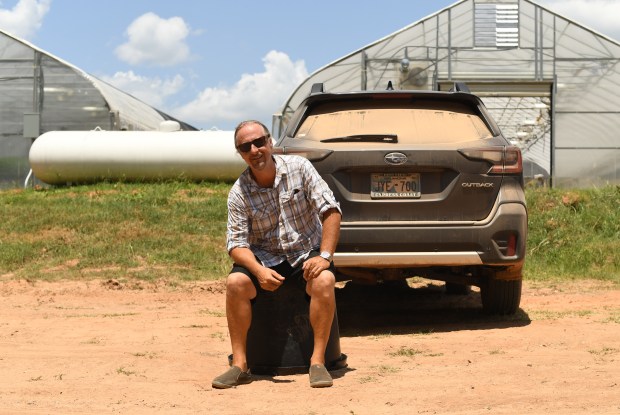
Lax regulation and low barriers to entry have triggered cannabis’s explosive growth in Sooner State
OKEMAH, Okla. — Chip Baker surveyed a vast field on the outskirts of an old hay farm an hour east of Oklahoma City, his ponytail waving in the thick, humid air, his voice growing excited.
“This is probably the largest collection of Squirt in the world!” he boasted, pointing to an array of neatly plotted cannabis plants before him that will soon flower pounds of the popular strain.
Baker would know. From the time he planted his first marijuana plant at 13, he’s been all about growing weed. A dream formed in the Georgia fields took him to Humboldt County, California — the nation’s earliest pot epicenter — then Colorado, the country’s first recreational market.
But it’s here in rural Oklahoma, down a dusty dirt road along the banks of the North Canadian River, where true cannabis cowboys — including droves of Colorado entrepreneurs like Baker — are buying mammoth properties to grow mammoth numbers of plants, all in a quest for mammoth stacks of kush-derived cash.
It’s a place unlike virtually any other in America.
“Other states grow patches,” Baker said with a grin, taking in the 90-acre, 40,000-plant cannabis farm before him. “In Oklahoma, we grow fields.”
The Sooner State, as deeply red as the American political palette will go, has almost overnight become the hottest place in the country to grow marijuana. It’s an unprecedented look at what happens when the government stays largely out of the picture and lets the free market run wild.
And Colorado businesses are pumping their sizeable dollars and cannabis expertise into the state, hoping to cash in on what Baker and others in the industry call the next green rush.
“It’s the Wild West of weed,” he said, “in all its glory.”
![New York man smokes pot in front of two NYPD police officers in celebration of legal marijuana]()
by The Real Dirt | Apr 6, 2021 | 420, 420 Culture & Travel, 420 News, Blog, Culture, Legalization
In The Big Apple, a man celebrated legal weed by smoking marijuana in front of two NYPD officers — all caught on camera.
“Happy quarantine!” the man greets the cops as he inhales and exhales.
New York adults over the age of 21 can now possess and use marijuana — even in public — under a legalization bill signed Wednesday by
Gov. Andrew Cuomo, though legal sales of recreational-use cannabis won’t start for an estimated 18 months until regulations are set.
Passed after several years of stalled efforts, the measure makes New York the 16th state in the nation to legalize adult use of the drug.
New York becomes the second-most populous state after California to legalize recreational marijuana.
Legalization backers hope the Empire State will add momentum and set an example with its efforts to redress the inequities of a system that has locked up people of color for marijuana offenses at disproportionate rates.
The legislation provides protections for cannabis users in the workplace, housing, family court, schools, colleges and universities, and sets a target of providing half of marijuana licenses to individuals from underrepresented communities. And police could no longer use the odor of cannabis as a reason for searching someone’s car for contraband.
New York will start automatically expunging some past marijuana-related convictions, and people won’t be arrested or prosecuted for possession of pot up to 3 ounces. A 2019 law already expunged many past convictions and reduced the penalty for possessing small amounts.
In a unique provision, New Yorkers 21 and over can now smoke cannabis in public, including on sidewalks.
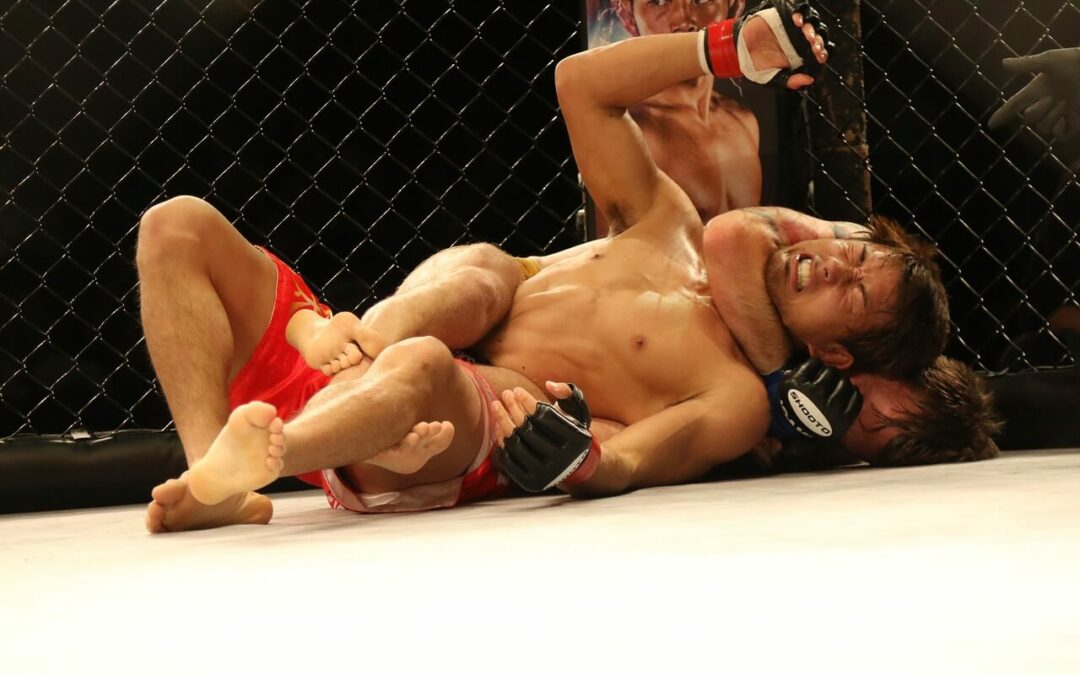
by The Real Dirt | Jan 19, 2021 | 420 News, Blog, Business, Cannabis Law, Cannabis Law and Compliance, Culture
The UFC will no longer punish fighters for using marijuana in most cases, making a major change to its anti-doping policy.
The world’s largest mixed martial arts promotion confirmed Thursday that it will no longer worry about positive tests for carboxy-THC, the psychoactive ingredient in cannabis, unless it believes a fighter used it intentionally to enhance performance.
All other cannabinoids derived naturally from marijuana are no longer prohibited substances, said Jeff Novitzky, the UFC’s senior vice president of athlete health and performance.
“The bottom line is that in regard to marijuana, we care about what an athlete consumed the day of a fight, not days or weeks before a fight, which has often been the case in our historic positive THC cases,” Novitzky said. “UFC athletes will still be subject to marijuana rules under various athletic commission regulations, but we hope this is a start to a broader discussion and changes on this issue with that group.”
Indeed, the UFC’s decision doesn’t affect the rules of various state athletic commissions and international governing bodies, but those groups often follow promoters’ leads on anti-doping policy. The UFC hopes state commissions will similarly relax their rules to reflect the more widespread tolerance for marijuana use.
The UFC won’t allow fighters to compete while under the influence of cannabinoids, but Novitzky said the promotion recognizes that MMA fighters often use marijuana for pain management or relaxation. Fighters advocating for legal competitive marijuana use have previously argued that a relaxation of the UFC’s anti-marijuana rules could lead to a reduction in the use of more addictive pain medications.
The UFC partnered with the U.S. Anti-Doping Agency in 2015 to produce a comprehensive anti-doping program in a notoriously fractious sport. Mixed martial arts once frequently showcased fighters semi-openly using steroids and testosterone replacement therapy, among other performance enhancements.
Despite its prior ban, marijuana and CBD products have had a prominent role in many MMA fighters’ training and financial backing. Many fighters have sponsorships from CBD businesses, while others have launched CBD-related business ventures.
Nick and Nate Diaz, two semi-retired but wildly popular fighters from Stockton, California, have built their outlaw image partly around their enthusiastic use of marijuana and CBD products. Nick Diaz, who hasn’t fought in six years, tested positive for marijuana use after two of his last three fights.




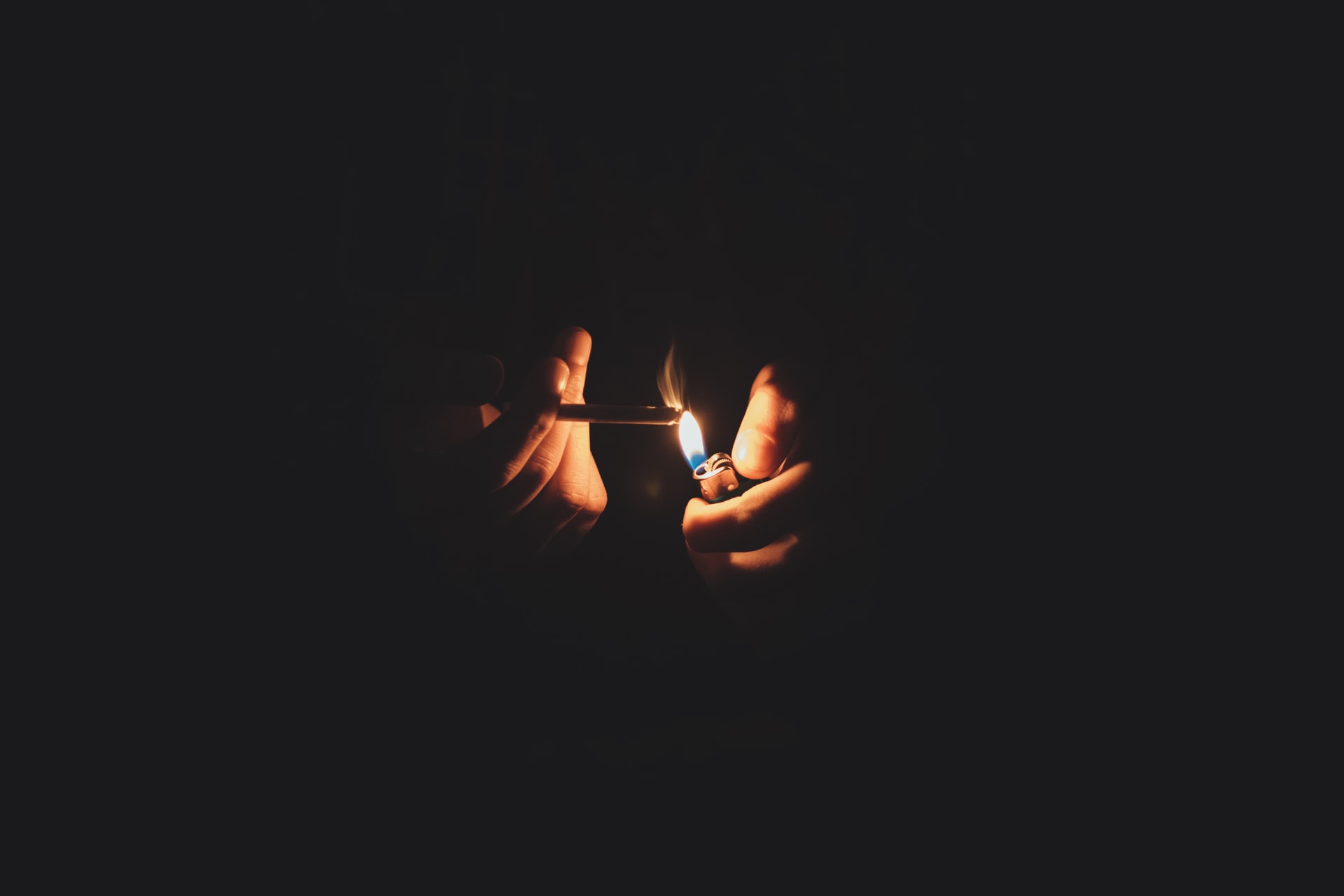
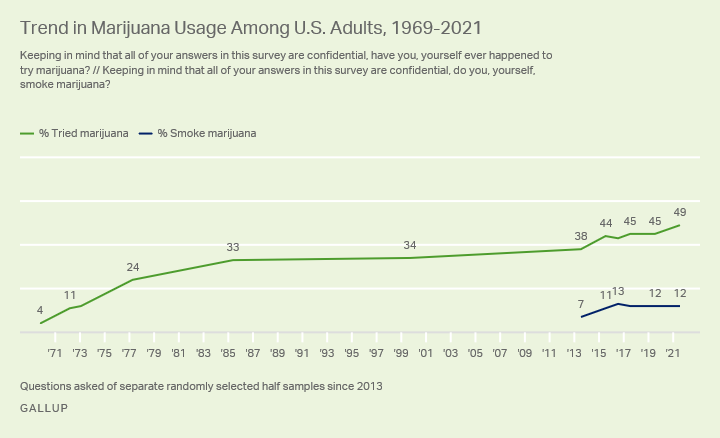
![[Denver Post] Oklahoma is the new “Wild West of weed” — and Colorado marijuana entrepreneurs are helping fuel the green rush](https://therealdirt.com/wp-content/uploads/2021/08/TDP-L-Oklahoma-cannabis-RJS-31799.jpeg)

